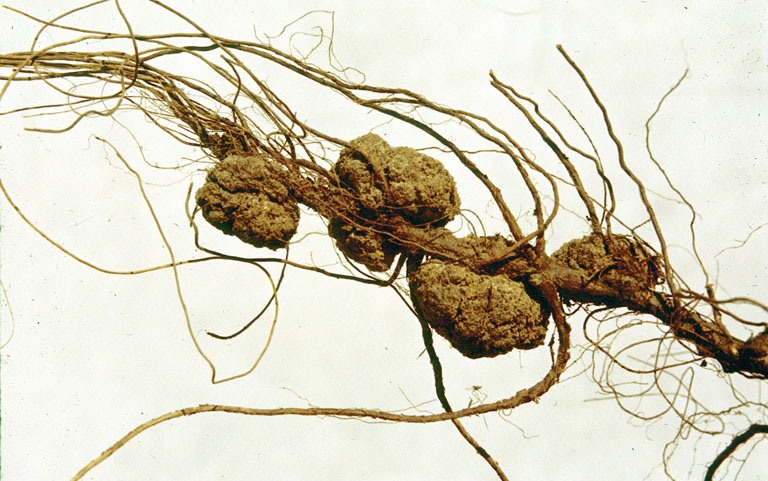|
Agrobacterium
''Agrobacterium'' is a genus of Gram-negative bacteria established by Harold J. Conn, H. J. Conn that uses horizontal gene transfer to cause tumors in plants. ''Agrobacterium tumefaciens'' is the most commonly studied species in this genus. ''Agrobacterium'' is well known for its ability to transfer DNA between itself and plants, and for this reason it has become an important tool for genetic engineering. Nomenclatural history Leading up to the 1990s, the genus ''Agrobacterium'' was used as a wastebasket taxon. With the advent of 16S ribosomal RNA, 16S sequencing, many ''Agrobacterium'' species (especially the marine species) were reassigned to genera such as ''Ahrensia'', ''Pseudorhodobacter'', ''Ruegeria'', and ''Stappia''. The remaining ''Agrobacterium'' species were assigned to three biovars: biovar 1 (''Agrobacterium tumefaciens''), biovar 2 (''Agrobacterium rhizogenes''), and biovar 3 (''Agrobacterium vitis''). In the early 2000s, ''Agrobacterium'' was synonymized with the g ... [...More Info...] [...Related Items...] OR: [Wikipedia] [Google] [Baidu] |
Agrobacterium Skierniewicense
''Agrobacterium'' is a genus of Gram-negative bacteria established by H. J. Conn that uses horizontal gene transfer to cause tumors in plants. ''Agrobacterium tumefaciens'' is the most commonly studied species in this genus. ''Agrobacterium'' is well known for its ability to transfer DNA between itself and plants, and for this reason it has become an important tool for genetic engineering. Nomenclatural history Leading up to the 1990s, the genus ''Agrobacterium'' was used as a wastebasket taxon. With the advent of 16S sequencing, many ''Agrobacterium'' species (especially the marine species) were reassigned to genera such as '' Ahrensia'', '' Pseudorhodobacter'', ''Ruegeria'', and '' Stappia''. The remaining ''Agrobacterium'' species were assigned to three biovars: biovar 1 (''Agrobacterium tumefaciens''), biovar 2 (''Agrobacterium rhizogenes''), and biovar 3 (''Agrobacterium vitis''). In the early 2000s, ''Agrobacterium'' was synonymized with the genus ''Rhizobium''. This move ... [...More Info...] [...Related Items...] OR: [Wikipedia] [Google] [Baidu] |
Agrobacterium Tumefaciens
''Agrobacterium tumefaciens'' (also known as ''Rhizobium radiobacter'') is the causal agent of crown gall disease (the formation of tumours) in over 140 species of eudicots. It is a rod-shaped, Gram-negative soil bacterium. Symptoms are caused by the insertion of a small segment of DNA (known as T-DNA, for 'transfer DNA', not to be confused with tRNA that transfers amino acids during protein synthesis), from a plasmid into the plant cell, which is incorporated at a semi-random location into the plant genome. Plant genomes can be engineered by use of '' Agrobacterium'' for the delivery of sequences hosted in T-DNA binary vectors. ''Agrobacterium tumefaciens'' is an Alphaproteobacterium of the family Rhizobiaceae, which includes the nitrogen-fixing legume symbionts. Unlike the nitrogen-fixing symbionts, tumor-producing ''Agrobacterium'' species are pathogenic and do not benefit the plant. The wide variety of plants affected by ''Agrobacterium'' makes it of great concern to ... [...More Info...] [...Related Items...] OR: [Wikipedia] [Google] [Baidu] |
